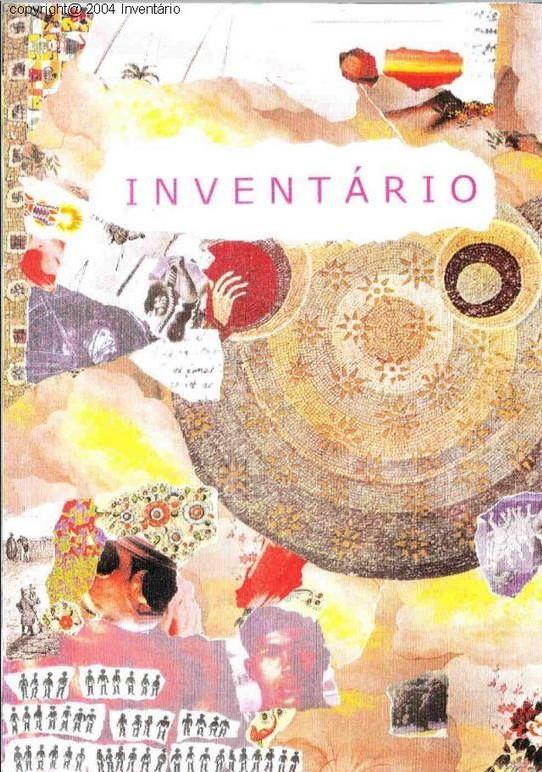ENSAIANDO MODOS DE VER
RETERRITORIALIZANDO A MEMÓRIA EM "A MULHER DE PÉS DESCALÇOS", DE SCHOLASTIQUE MUKASONGA
Abstract
This essay aims to problematize ways of seeing and framing the black body, based on the work The Woman With Bare Feet (2017), by Scholastique Mukasonga. According to Oyèrónkẹ Oyěwùmí (2021), in Western logic the body is perceived mainly through vision, implementing the differentiation device. Thus, the look becomes an invitation to differentiate. In other words, how many memories were forged about the black population? How many representations were constructed in literature, cinema, history, and the media from the colonizer’s perspective? According to Stuart Hall (2016), things in themselves do not mean, we who construct meanings, using systems of representation. Therefore, the literary work of Rwandan writer Scholastique Mukasonga portrays a new way of seeing the 1994 Civil War in Rwanda. In the book The Woman with Bare Feet, based on the traces of memory, the author reconstructs, deterritorializes and reterritorializes the past, revealing the shadows of the untold story about the genocide in Rwanda.







